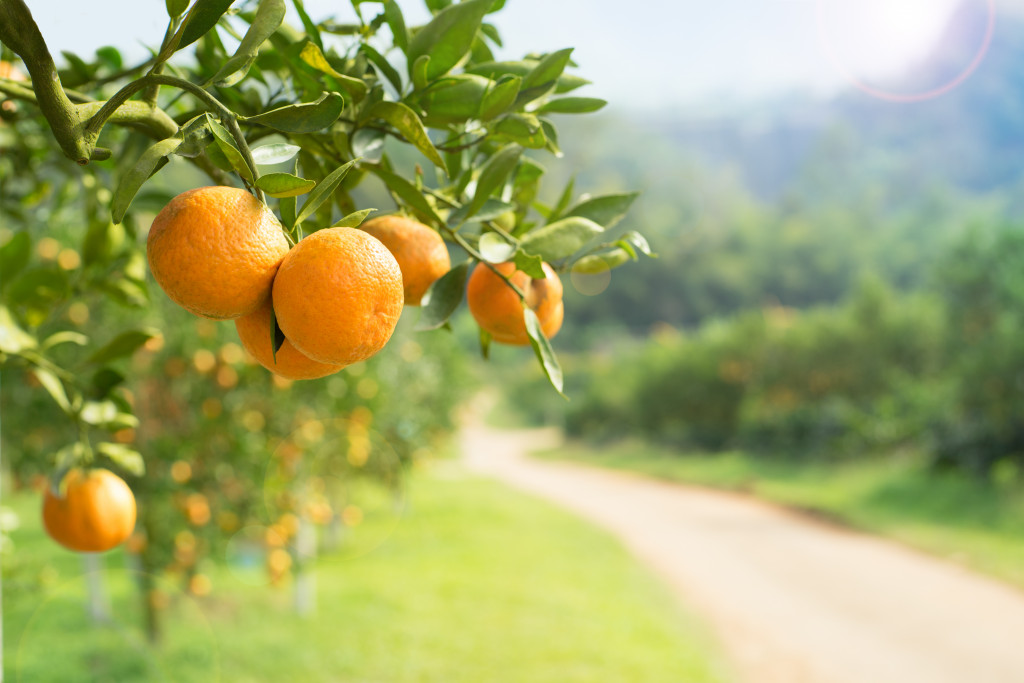The ever-growing concern of climate change plus the booming world’s population placed every nation’s leaders and food production giants in a hot situation. How can we ensure that food production remains stable and reliable despite the dwindling natural resources?
Fortunately though with technological advancements, innovations are introduced allowing the horticulture industry to keep up with the demands. For many years, horticulture has proven to have a valuable contribution to the national, state, and local economies.
Over the years, here are some of the technological innovations introduced:
1. Integration of Automation in Gardening
It is fairly common now that there are robots to clean windows, vacuum the entire house, and even cut the grass in our lawn. Similarly, we have robots as well that could automatically seed, water, weed, and also harvest our plants.
One of the best examples is the FarmBot. This open-source farming project aims to provide accessible technology to help everyone to grow food. Though still in its infancy, experts predict that this advanced farming technology could achieve an efficient level of food production not yet reached by men.
FarmBot technology offers convenience for gardeners in all walks of life. With this automated garden, you can plan and manage your plots remotely. So, even when you are on vacation or away from your home for an extended period, you are sure your plants are taken care of.
What is more, is that you can manage your garden not only individually but by a group. This seems convenient for neighborhoods raising a community garden.
Right now, with increasing prices or fresh produce, community gardens can provide fruits and vegetables among households with lower socioeconomic status.
2. Consistent Crop Quality
It is not uncommon in the agricultural business and food production sector for robots to plant, cultivate, and harvest fruits and vegetables. With artificial intelligence (AI) technology, it has become possible to ensure a high level of reliability, replicability, and quality control in food production.
Among those who highly benefited from these technological advances are producers of medicinal plants and plant-based pharmaceuticals. After all, they largely depend on the stable quality of plants. Thus, a closely monitored, highly controlled environment is crucial.
The data and insights collected from these highly technical plant production could be utilized to further improve the production cycle and help produce more nutritious food.

3. Farming With Controlled Environment
To be able to harvest the best crops possible, it takes more than just hanging some light bulbs, if you are growing plants in a controlled environment. You have to find light-emitting diode (LED) bulbs with a particular wavelength that stimulates photosynthesis.
Apart from that, installing high-tech sensors enables growers to collect nutritional value, soil moisture, light, and plant growth. All these ensure quality crops when the harvest period comes.
Tech developments also enable opportunities for growing crops and plants not just in traditional farms but also on elevated platforms or walls.
Vertical farming has grown quite popular in recent years. This farming innovation not only helps minimize carbon dioxide emissions in highly urbanized cities but also minimizes logistic and transport costs at the same time providing opportunities for those living in urban neighborhoods to enjoy fresh produce.
Hydroponics is another game-changing innovation in the food production and agriculture industry. With just a small amount of solid matter, anyone can grow quality crops. Not to mention, hydroponic farming helps reduce water consumption and pest problems significantly.
Among the popular crops grown through hydroponic solutions are tomatoes, leaf lettuce, strawberries, and herbs. But technology has enabled the production of other crops as well, such as hydroponic edible mushroom cultivation.
4. Use of Drones
Unmanned Aerial Vehicles (UAVs) and drones are other excellent innovations when it comes to farming and food production. These technologies come in handy in identifying pests and disease-laden crops. With sensors and imaging capabilities attached, crop damage can significantly be reduced.
These drones are highly useful as well in dispersing organic fertilizers, pesticides, and other biological solutions. It is just amazing to think that these once military technologies are now being used for sustainable agriculture and food production.
Final Word
All these technological advances — AI technology, drones, controlled environment, and alternative farming methods make precision farming a reality. As its name implies, precision farming pertains to the use of high technology sensors and analysis tools for better crop yield while at the same time reducing labor and other costs.
The future is here now. With the recent COVID-19 crisis, certainly, the journey towards more technological breakthroughs and innovations in farming is on the way.
